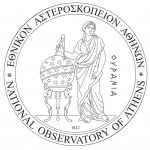NATIONAL OBSERVATORY OF ATHENS
The National Observatory of Athens (NOA), established in 1842, operates under public law and is supervised by the General Secretariat for Research and Technology of the Ministry of Development and Investments. With its highly-skilled personnel and advanced infrastructure, NOA plays a significant role in research fields, such as Astronomy, Astrophysics, Space Applications, and Remote Sensing at both European and international level.
The largest Institute within NoA is the Institute for Astronomy, Astrophysics, Space Applications & Remote Sensing (IAASARS).
It conducts numerous research programs generating over 3M€ annually, primarily funded by the European Space Agency (ESA), the European Union (EU) and the National Secretariat of Research and technology. IAASARS comprises three main research units:
1) Observational Astrophysics
2) Solar-Terrestrial Environment – Space Physics
3) Remote Sensing and Machine Learning for Signal/Image Processing.
The Observational Astrophysics group manages two major observatories: the Helmos Observatory and the Kryoneri Observatory. Helmos Observatory is located on mount Helmos (Aroania) in the Northern Peloponnese at an altitude of 2340 m, 220 km west of Athens, and hosts the 2.3 m Aristarchos telescope. Operational since 2007 as an astronomical facility, it also serves, from 2020 onwards, as an Optical Ground Station (OGS) for space telecommunications. The Helmos OGS has successfully demonstrated optical communication link campaigns with Alphasat (a Geostationary telecommunications satellite) and it is currently being upgraded for quantum communication operations with satellites. Furthermore, in the summer of 2025, a Deep Space Optical Communications (DSOC) experiment will be conducted using both Helmos and Kryoneri observatories to establish optical links with NASA’s Psyche spacecraft at distances of about 300 million km.
As part of the HellasQCI project, NOA leads efforts to prepare Greek OGSs (Helmos, Skinakas, and Holomondas) for Quantum Key Distribution (QKD) satellite connectivity. This initiative involves collaboration with the Aristotle University of Thessaloniki (AUTH) and the Foundation for Research and Technology (FORTH). Once EAGLE1 becomes available, these stations will facilitate quantum key transfers over large distances at both national (inter test sites) and international level (such as Austria, Luxembourg, Bulgaria, Cyprus, Malta, Poland and Ireland.
The Helmos OGS (which belongs to the National Observatory of Athens) is expected to significantly enhance its quantum readiness through advanced quantum system deployments under the HellasQCI project, specifically through the integration of the OGs in the Athens (ΗellasQCI-Central) metropolitan test-site. This integration is anticipated to serve as the world’s largest facility for space-based QKD experiments, due to the large aperture (2.3 m) of the Aristarchos telescope.

